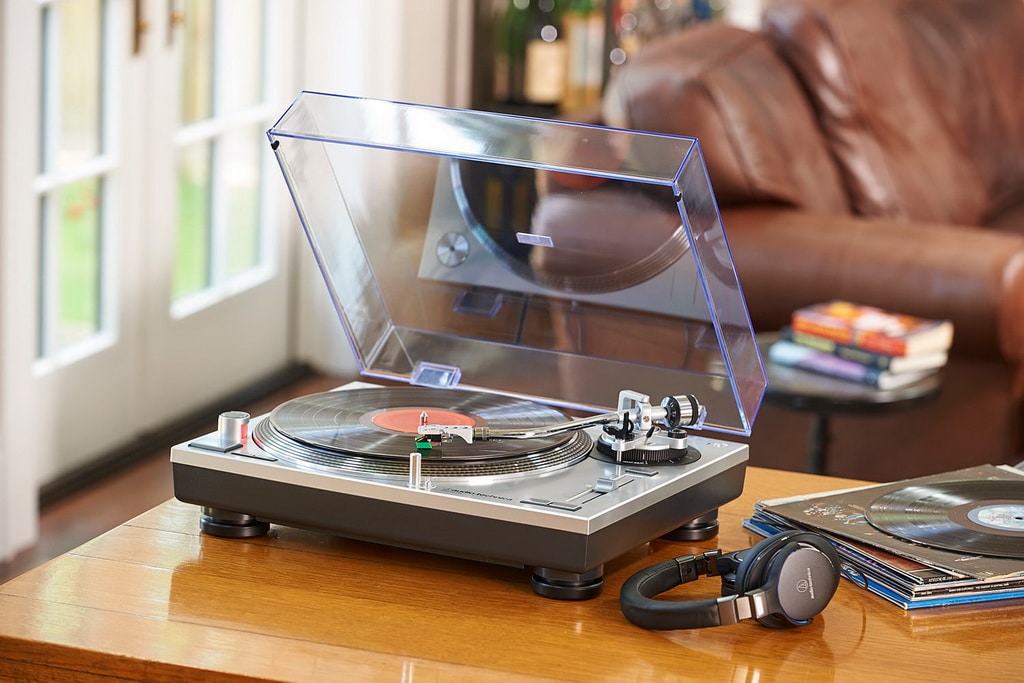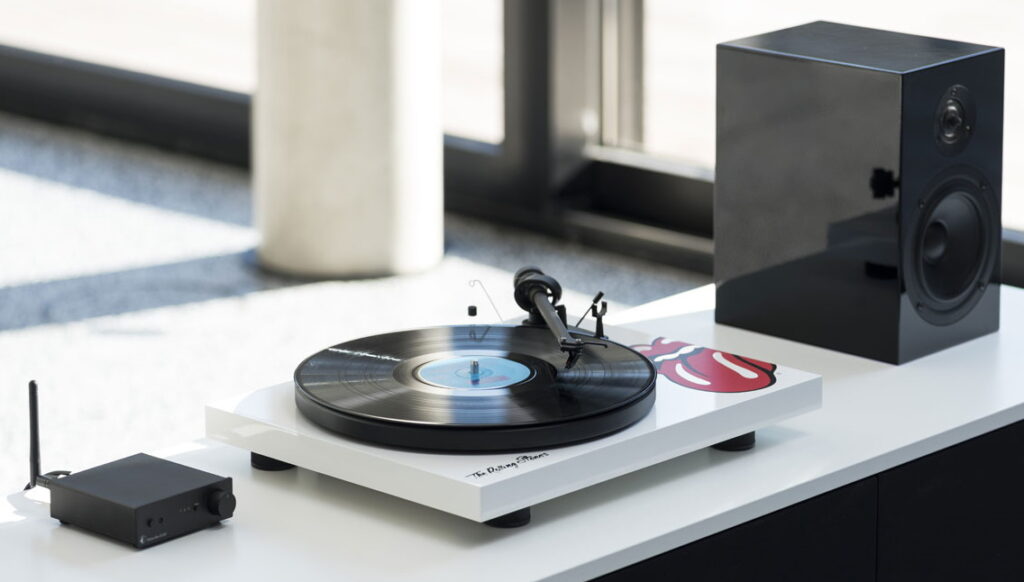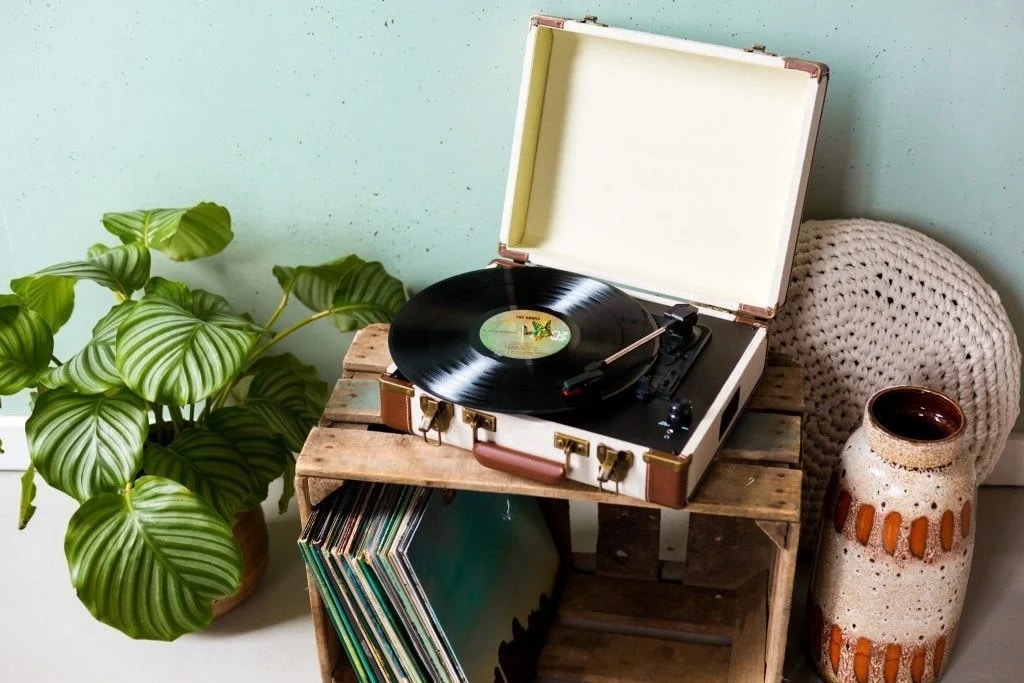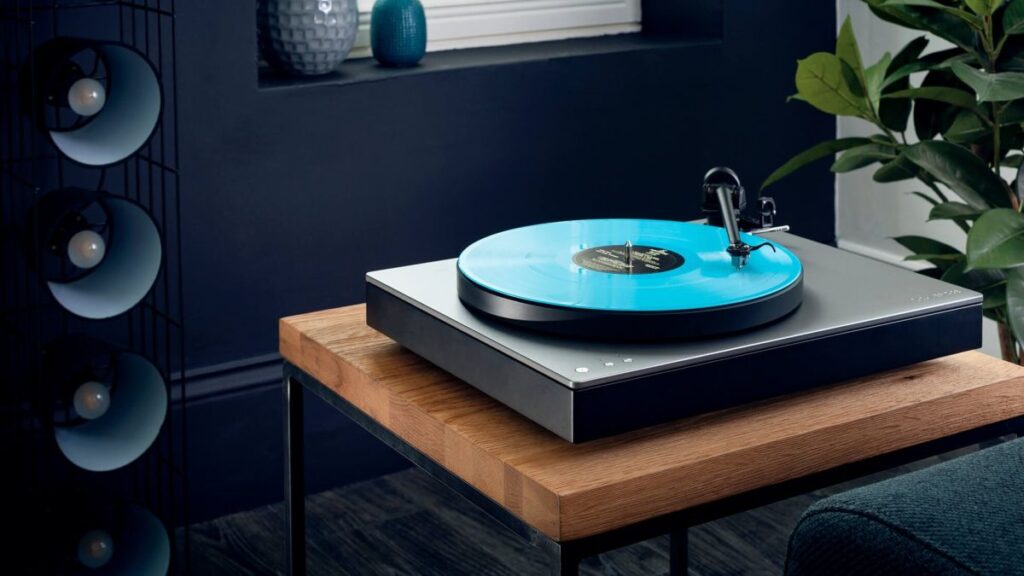The increasing demand for turntables and record players Trusted Source Vinyl surpasses digital sales in some music markets. Time to ask Santa for a turntable? - The Washington Post First the Twinkie rears its sugary self. Now record albums are seeing a “vinyl revival.” Is the rebirth of the IBM Selectric typewriter next? www.washingtonpost.com has shifted attention to them, but some of the terms can be very confusing. Search engines are probably your first go-to solution when you want to learn something, but they do not always solve our question. Do they? Sometimes they leave us more confused. Such is the case of differentiating between a turntable vs. a record player. The pictures found online when you type for it in the search bar will all look the same. But these are distinct entities that a lover of music or a worker in the music industry should know. Get a seat and stay glued as you learn the differences between a turntable and a record player.
Since 2006, there has been an unprecedented exponential growth in the turntable industry Trusted Source How To: Understand Vinyl - Why Is It Back in Demand & Why Spend More On A Turntable? - Audio Affair Blog Why Is Vinyl Back? www.audioaffair.co.uk . This is quite surprising and against the trend of increasing digitization that obtains across all industries globally. It is essential to consider why more and more people returning to vinyl or, speaking of the younger generation, are drawn to it and dream of having their turntable? In our world, more and more readily available. There are many advantages to this, but the loss of a specific ritual of action is not everyone’s liking. Someone needs to click the mouse and get hold of some music in the background due to this simple action. For others, both the sound quality and the very process of approaching playback are extremely important: take out the record, clean it, put it on the “pancake,” lower the needle on it, and listen carefully. Such people want to have albums of their favorite artists, not only in the form of a folder on a computer.
Here, tactility also plays a role: someone perceives only paper books with the smell of printing ink, and people like to take their plates out of envelopes, look at the covers for the hundredth time and feel this value of having not a file, but something material. Collecting digital collections is not the same as filling the shelves around the turntable with vinyl.
The records’ value also lies in the fact that quality editions, if handled correctly, are just as good decades later, which cannot be said about CDs, which sometimes cease to be read. Whatever one may say, but the owners of good vinyl collections will always look a little downward at listening to MP3s, and it’s hardly worth arguing with them.
Only a real connoisseur of high quality and detailed sound will be able to appreciate the signal from a turntable. No device from the category of modern technologies can compare with it. Audiophiles often choose this type of device because it is capable of generating high-quality analog sound. Additionally, digitization is performed with the addition of quantization noise.
Vinyl players allow you to reproduce and convey the mood of all the unique compositions that have been specially created for them. The digital medium is not capable of filling the signal with depth. That is why each piece is released additionally and in an analog version. The device’s design takes us back to the past, characterized by each listener with comfort, romance, and warmth.
A turntable is one of the components of a record player. A record player is a music playing machine that typically spins a vinyl record. As the vinyl record spins, a stylus comes in contact with the grooves on the record’s surface. In turn, the stylus vibrates and produces a recorded sound. For many years, these devices have been common in most homes.
It houses the record and is responsible for its spinning. It can be purchased individually without purchasing the other components of the system. The main parts of any turntable include:
Record sound is generated through the correct use of the laws of physics. The work of the first models back in the USSR was based on this. Sound is produced when the stylus moves along the outer surface of the disc. This produces vertical and horizontal profile vibrations. They are converted into a special electrical signal. A preamplifier is required to transmit the required sound to the speakers. In modern models, this element may be absent. AV amplifiers and AV receivers came to replace it.
Previously, aluminum was used to manufacture the disc flywheel. Today, manufacturers have switched to complex mixtures and compounds, vinyl, acrylic, and carbon fiber. Thanks to the correct proportion, it was possible to increase all the device’s acoustic properties significantly.
Models with a roller or belt drive system are prevalent. Their main characteristics:
Every audiophile knows that only the right operating conditions for any device can give a high-quality signal:
You can plunge into the world of high-quality sound only on a properly installed and tuned vinyl turntable. Enchanting music will envelop you from all sides. The audiophile will be able to enjoy the detailed signal transmission fully. Do you desire to own a quality turntable? The Fluance RT81 is your best bet, approved by a group of experts. It delivers value for every dollar that is expended on it.
A record player is a device that includes both the turntable, cartridge and arm, speakers, or an amplifier in one unit. It only has to be connected to a power source to come alive and start its full force video production. No additional boxes or cables are required for record players. It is an autonomous unit with everything included. A record player is analog: the music is recorded on the disc as bumps, with the size of the bump being relative to the amount of musical note stored on it. You can add new bumps by scratching the record, and when you playback the disk, you’ll find some additional “music,”-which may consist of sounds you don’t want to hear. There are typically very few choices on a record player to change/upgrade components or to fine-tune cartridge alignment and stylus downforce. They are all preset from the factory during the manufacturing.
It will be preposterous to categorically state that either a record system is better than a turntable or the other way round as better is quite relative and a function of which quality is being compared.
To conclude, if a turntable is better than a record player, it will be left to individual choices and needs. The choice of whether you will get a turntable or a record player will depend on the need for which you will like to use it. If intended for domestic purposes, a record player might suffix, but you may have considered a turntable for commercial purposes as a DJ. After reading this article, we also recommend you to check out quality turntables under $2000. Don’t forget to get the Big Fudge Record Cleaner Kit to make your records last longer!





